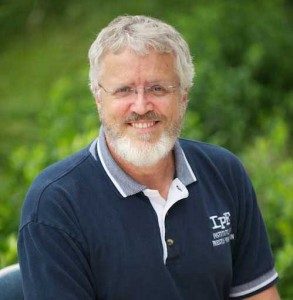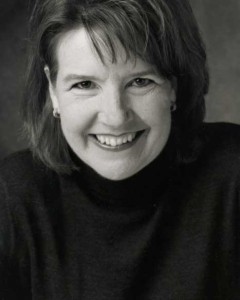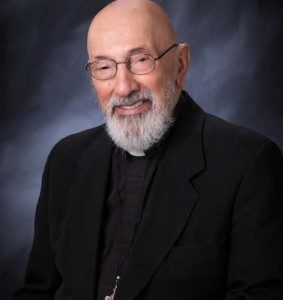Podcast: Play in new window | Download (Duration: 26:39 — 24.4MB) | Embed
Subscribe: Apple Podcasts | Spotify | Amazon Music | Android | Pandora | iHeartRadio | JioSaavn | Podchaser | Gaana | Podcast Index | Email | TuneIn | Deezer | Anghami | RSS | More
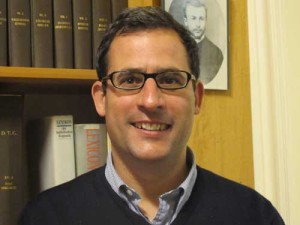 On October 11, 2012, I began recording a series for Discerning Hearts with Dr. Adrian Walker, which we recorded at “Casa Balthasar,” a house of discernment for men located in Rome, Italy, where he was offering instruction. Adrian served as the English translator of Pope Benedict XVI’s book “Jesus of Nazareth.” With the historic events occurring with the Synod on the New Evangelization and start of the Year of Faith, we took some time aside to discuss that work and the influence of our Holy Father.
On October 11, 2012, I began recording a series for Discerning Hearts with Dr. Adrian Walker, which we recorded at “Casa Balthasar,” a house of discernment for men located in Rome, Italy, where he was offering instruction. Adrian served as the English translator of Pope Benedict XVI’s book “Jesus of Nazareth.” With the historic events occurring with the Synod on the New Evangelization and start of the Year of Faith, we took some time aside to discuss that work and the influence of our Holy Father.
 You can find the book here
You can find the book here
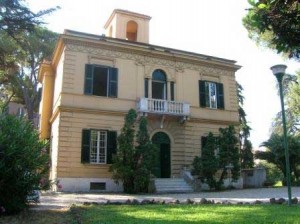 The Casa, located in Rome, was founded in 1990 by a group of friends and is directed by Rev. Jacques Servais, S.J.; Joseph Ratzinger (Pope Benedict XVI) has been closely associated with the Casa Balthasar from the very beginning as its Cardinal Protector.
The Casa, located in Rome, was founded in 1990 by a group of friends and is directed by Rev. Jacques Servais, S.J.; Joseph Ratzinger (Pope Benedict XVI) has been closely associated with the Casa Balthasar from the very beginning as its Cardinal Protector.
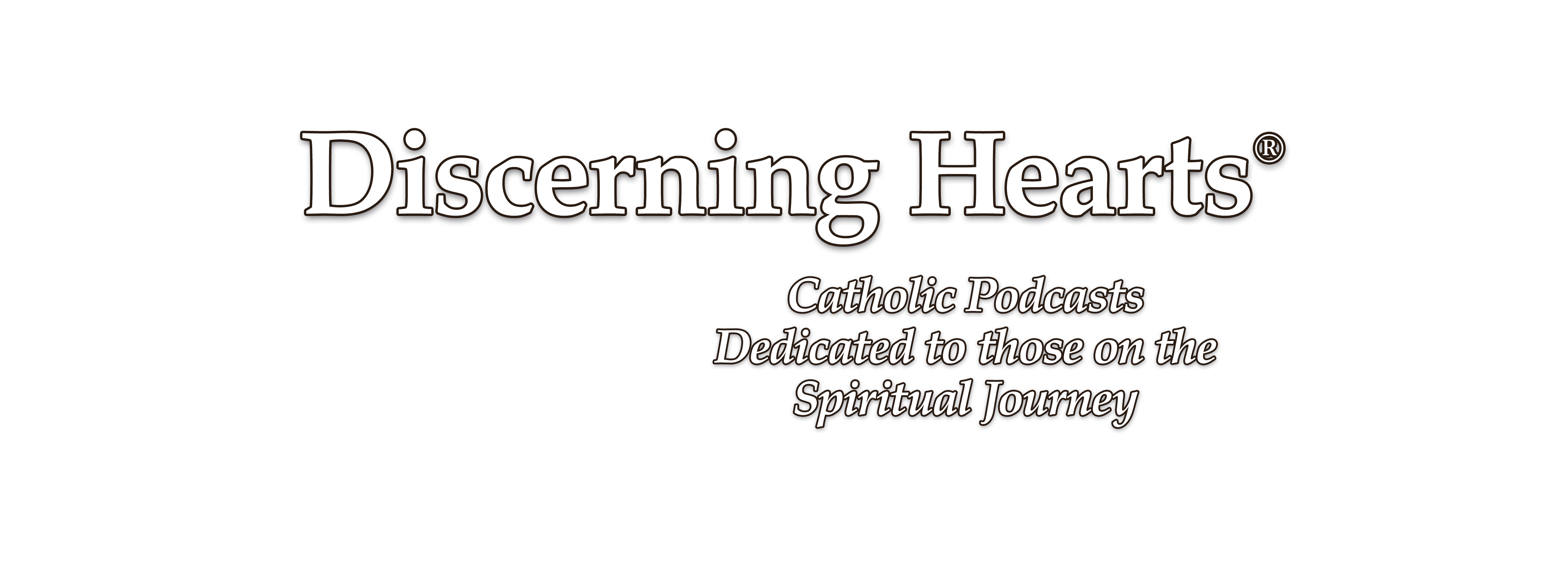
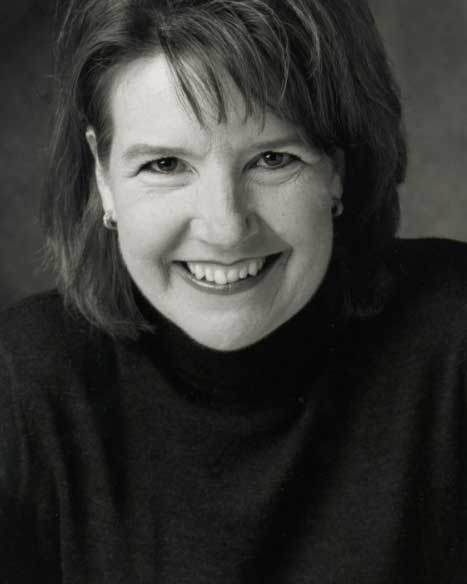

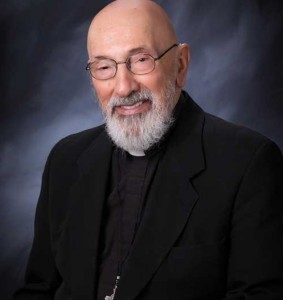 Msgr. Esseff reflects on the story of the Pharisee and the Tax Collector through the lens of a spiritual director.
Msgr. Esseff reflects on the story of the Pharisee and the Tax Collector through the lens of a spiritual director.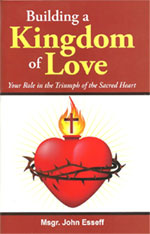
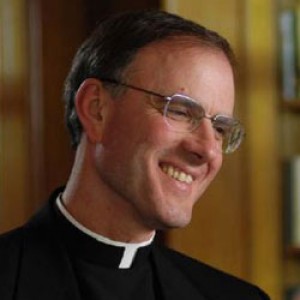 Episode 12 – The Tenth Rule:
Episode 12 – The Tenth Rule: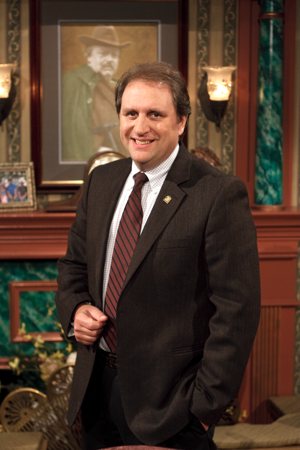
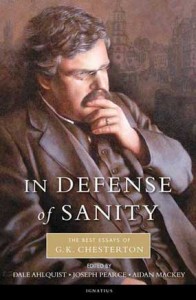 You can find the book
You can find the book 